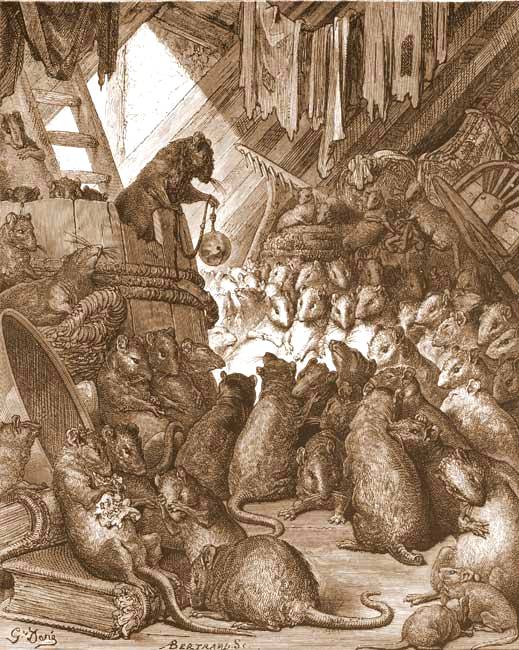Ten days before the election, Justin Trudeau pledged his government would introduce “as its very first bill in Parliament, a tax cut for the middle class.”
But strangely, Trudeau’s “middle class” tax cut doesn’t much benefit the middle class. The biggest tax cut goes to people earning $89,000 to $200,000.
And if those incomes don’t sound very middle class, it’s because, statistically, they’re not.
“The actual middle class is earning between $30,000 and $75,000,” says Guy Caron, the NDP’s Finance Critic, pointing to data showing 40% of Canadians income earners are in that range.
Fact is, Trudeau’s tax cut is more Ralph Klein or Mike Harris than Tommy Douglas.
The Liberals plan to lower the tax rate on each dollar taxed in the second bracket, which ranges from $45,000 to $89,000. So someone earning $45,000 or less, who has no income taxed in that bracket, gets no tax cut. Someone at the top of the bracket – earning $89,000 – has $44,000 of income taxed in that bracket and gets the biggest tax cut.
But also, people in even higher tax brackets – earning $150,000, $200,000, $500,000 or higher – also have $44,000 of income taxed in the second bracket. These elite earners also get the maximum tax cut. However, with a proposed surtax on income over $200,000, the tax cut is fully clawed back at about $212,000.
So while even an income of $212,000 gets some tax cut under this “middle class” plan, the biggest tax cut goes to an income from $89,000 to $200,000.





